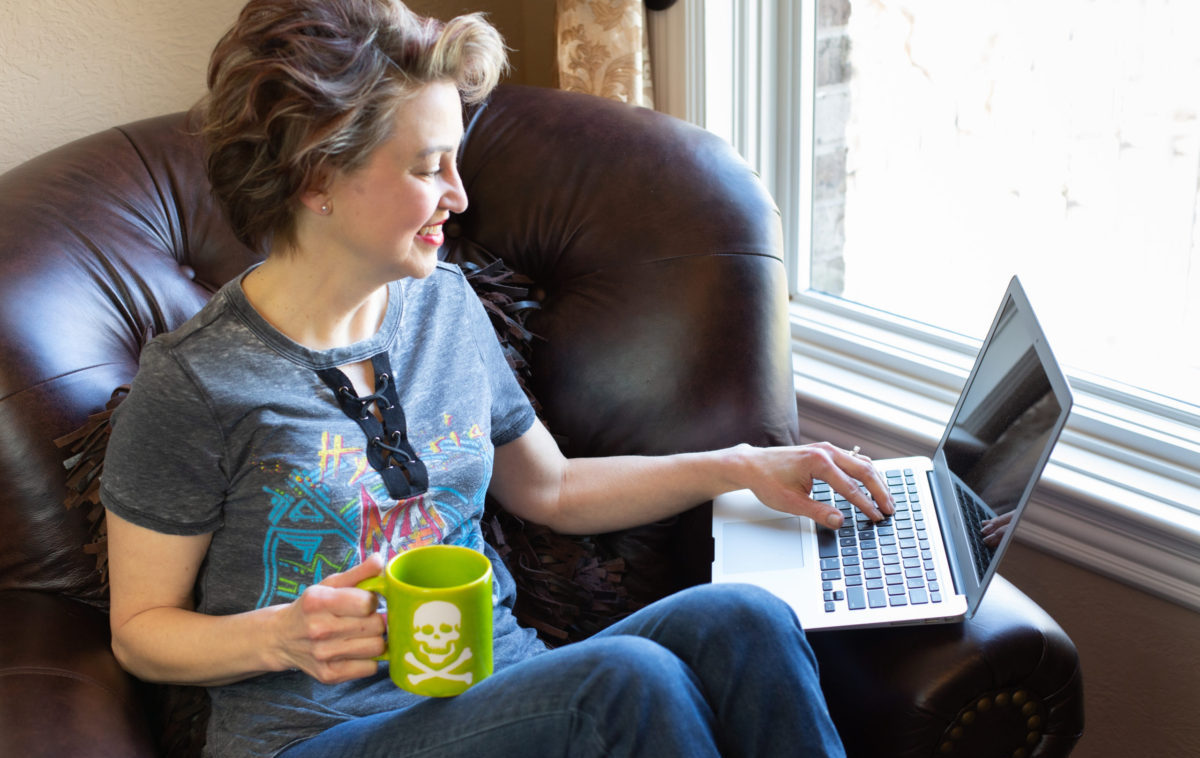
We’re celebrating our daughter’s 24th birthday. The occasion makes me ponder both her life’s journey so far and how adulting is going. Things sure have changed since I got my first significant job, and it made me wonder: You have your first full-time job and regular paychecks are rolling in. What’s the best use of that money?
Budget
Pick a plan and stick to it. Pay attention to money both coming in and going out. Make more than you spend and plan your savings. Most banks allow you to have multiple accounts and your employer likely can direct deposit your paycheck into these accounts for you. In addition to your debit account, set up an account as an emergency fund. Unexpected expenses like job loss can bankrupt you if you live paycheck to paycheck. Setting aside three to six months worth of living expenses is a good rule of thumb. Also, direct a percentage of your income into a long-term savings account for future big-ticket expenditures (e.g., car, house, MBA). Revisit your budget at least once a year. Are you saving enough for emergencies, a long vacation, professional development? Remember to set a little money aside to reward yourself for reaching your savings goals.
Loans
Do you have student loans? Typically, you have six months after graduating from college before you’re required to start payments, but interest accumulates during that grace period. Starting repayment right away saves six months worth of interest charges. Are the loans federal or private? For federal, can you consolidate them? For private, can you refinance them at a lower interest rate?
Credit
Build your credit history by paying your bills on time and don’t miss or skip monthly payments. Try not to carry a balance on your credit cards, but if you do, pay more than the minimum listed on the statement. Set up alerts for your bank to notify you if weird amounts (e.g., less than a dollar) are charged to your account, or if the charge originates far from your location (btw, alert your bank when you travel more than 200 miles from home). Check your credit score annually.
Insurance
You’re young and healthy, but what if your body gets busted up in a car accident? Here are some things to think about.
Retirement
Yes. It’s a long way off, but if you begin saving now, you don’t have to put aside very much and it has years to grow. Take advantage of your company’s 401(k) plan especially if they offer matching contributions (e.g., if you invest 3% of your annual salary in the company’s 401(k), they contribute another 3% to your account). Also, open an IRA. If you can arrange direct deposits for these measures, you won’t even miss the money you’re saving.
Give
Whether you support your local PBS station with a financial contribution, donate your gently used clothes to Goodwill, or volunteer your time at the Humane Society, set aside time or money (or both) to give back to your community. You now have the power and responsibility to make a difference. When you help others, you get more than you give.
How did you adjust to the money you made from your first full-time job? Please share in the comments section.









